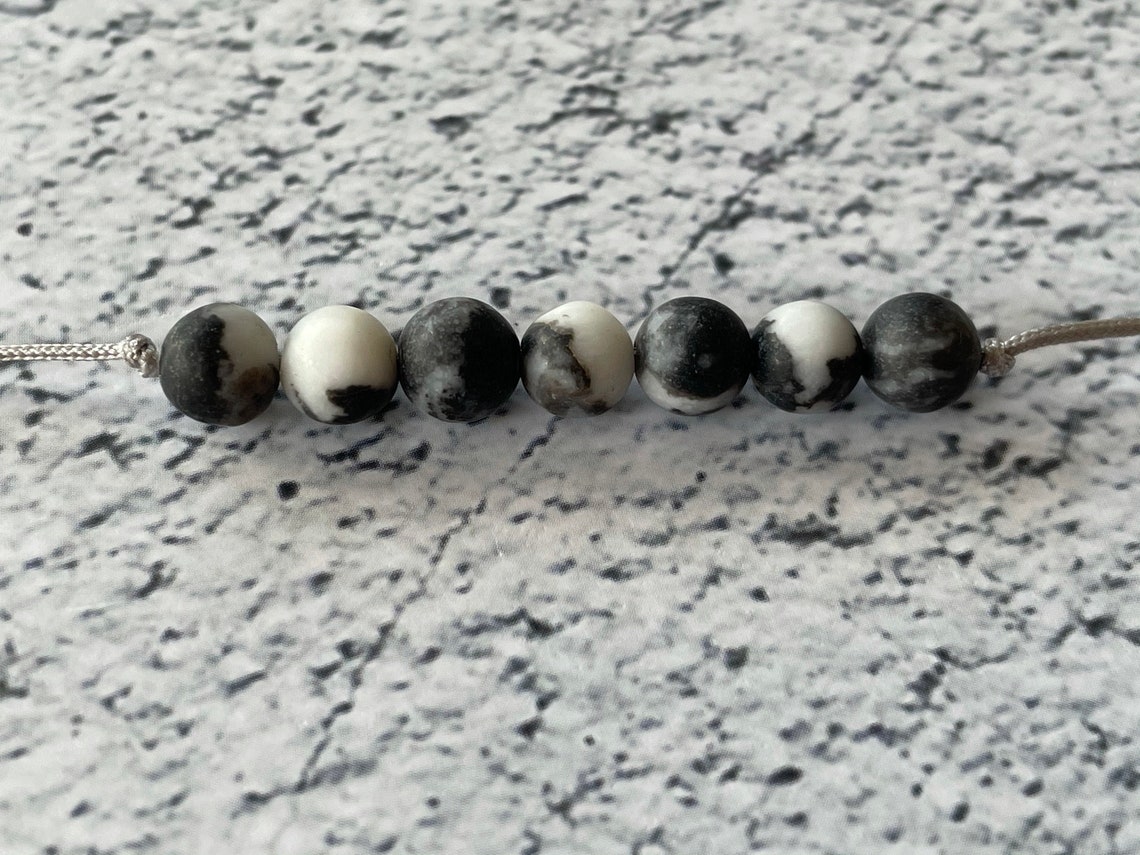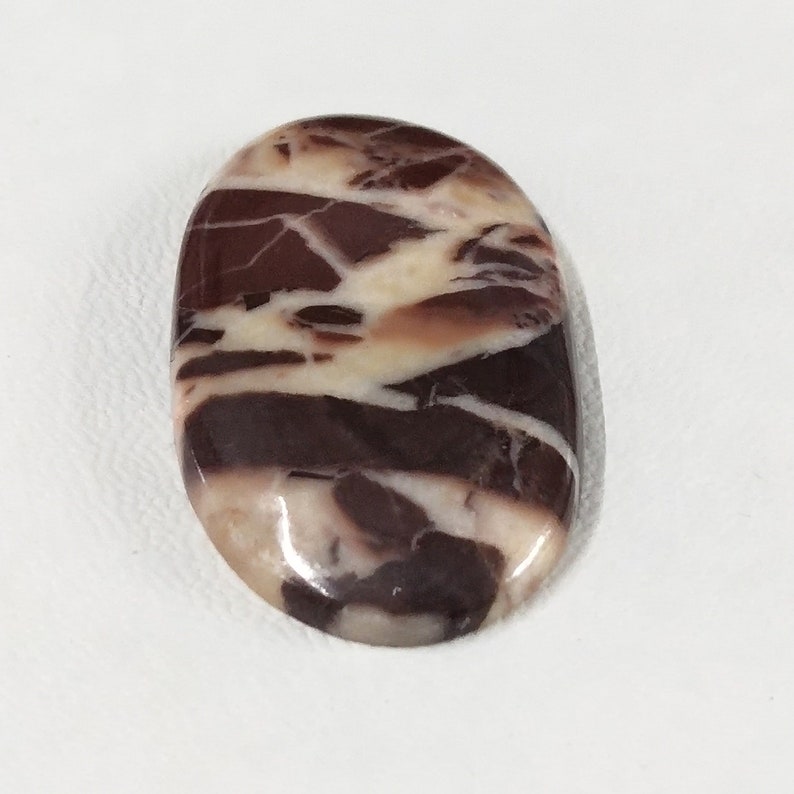

Very rarely, you may find Jasper in green or blue. Other colors can occur when Jasper is clay admixed, causing it to be yellow, white, gray, or multi-color. The most common color, brownish-red, comes from admixed hematite. What Is a Jasper Stone?Ī Jasper stone is a an opaque, fine-grained, or dense gemstone that comes in a variety of colors. Keep reading to learn about the stone, its uses, and its dazzling types. Jasper stones are a great addition to your jewelry collection due to their unlimited hues, unique patterns, and affordability. Just about anyone can enjoy its endless variety, no matter their style. Includes an introduction to cabochon cutting.Jasper is one of the most popular gemstones used in the jewelry industry throughout history. This is our favorite book for a person who does rock tumbling and now wants to make beads, pendants, and other jewelry from tumbled stones. Gemstone Tumbling, Cutting, Drilling and Cabochon Making (by Jim Magnuson and Val Carver). It has about 100 pages of basic gemstone information and about 200 pages dedicated to photos and descriptions of over 100 gems and gem materials. One of the most popular gemstone books ever written, with over one million copies sold. Gemstones of the World (fifth edition) by Walter Schumann. You will increase your abilities, learn to save time and money, and have a great reference book that you will use again and again. In this book you will learn from an expert with extensiveĮxperience. Learning is the fastest way to improve the quality of rocks that you tumble. Save Time and Money with a Vibratory Tumbler The World's Largest Rock Tumbling Library He also writes the articles about rocks, minerals and gems on. He has a PhD in geology and is a GIA graduate gemologist. King has decades of rock tumbling experience and writes most of the articles on. Total tumbling time was one month in coarse grit and then five days in a Lot-O-Tumbler to complete medium grit, fine grit and polish. You can see the polished stones in the image at right. We polished the zebra jasper for a little over 24 hours using TXP aluminum oxide polish in a Single Lot-O-Tumbler. A vibratory tumbler will require just two ounces of grit and two days of tumbling per step - a savings of about 18 ounces of grit and 15 days! If you tumble the medium, fine and polishing steps in a rotary tumbler you will use about eight ounces of grit and spend seven days per step. Maybe we should call it "Leopard Jasper"? Save Time and Money with Vibratory Some of the jasper that we received in this batch was spotted instead of striped.

To achieve that we decided to tumble in a rotary tumbler for one month in coarse (60/90) grit. Pieces of rough this large require considerable tumbling to wear down all of the points and edges to produce nicely-rounded stones. We had about three pounds of zebra jasper rough in pieces that ranged between one to two inches in diameter (see photo at right). You can confirm that here.) In the article below we will share how we tumbled this material. However, young zebras do have brown stripes during their first year. (Yes, we know that most zebras have black stripes. They call it zebra jasper because of the stripes. We recently tumbled some nice brown and white zebra jasper.
BLACK AND WHITE ZEBRA JASPER FULL
This photograph was taken while the rough was wet to show its full color. Shown here is about one pound of rough, in pieces about 1 to 2 inches in diameter. This is our zebra jasper rough, made up of some nice angular pieces with a great brown and white color-stripe pattern.


 0 kommentar(er)
0 kommentar(er)
